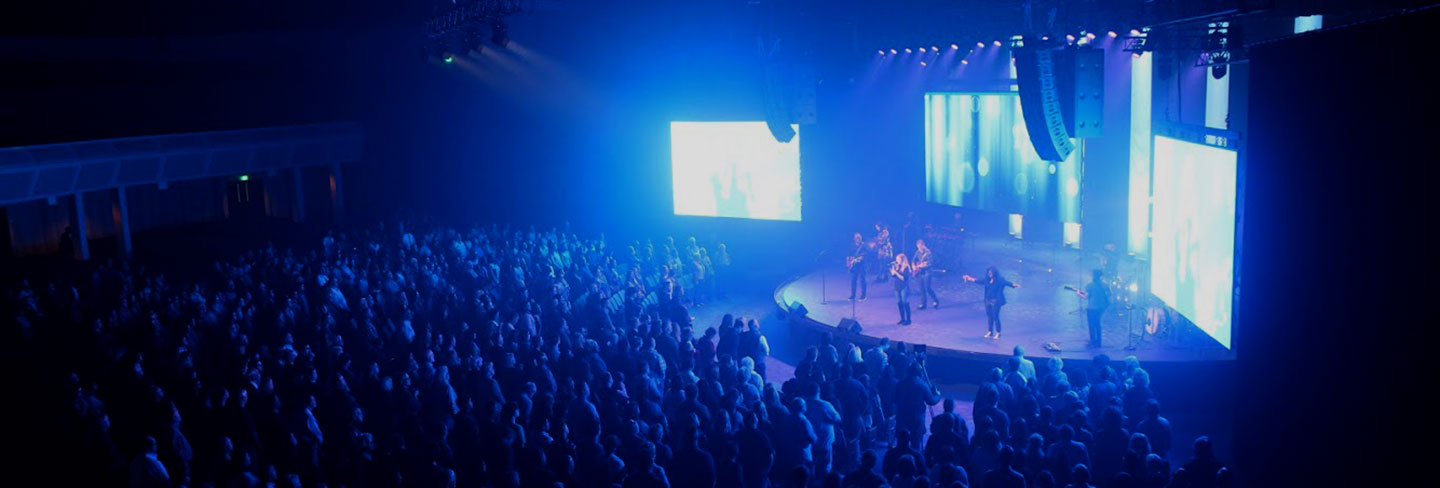Maybe you’re looking through all the features and you don’t know what all the letters and numbers mean. One big question that commonly arises is: What does M/E mean? What does it do for me? Why do I care?
What does M/E mean?
An M/E (sometimes referred to as an ME or MLE depending on the manufacturer) is a Mix Effect. All the functions that the switcher performs define what that Mix Effect does.
So before we get to the M/E, we should talk about what a M/E isn’t. If you have a punch switch that mechanically selects between sources, and your image on the screen loses sync for a second, that is not a Mix Effect! That would be referred to as a punch switch, bang box, contact closure, pushbutton, bud box, SPST, dead man switch, panic button, etc.
A Mix Effect is used on professional switchers and consists of the following: a crosspoint, a transition area with cuts and a true mix or wipe, a T-Bar, a keyer, and special outputs. Let’s break each of those down.
Crosspoint
A crosspoint on a M/E refers to the two rows of buttons that have your video inputs on them. The Crosspoint is usually laid out with one row on top of the other – one row being Program (live on the air) and the other being Preview (what you are previewing to go to air next).
The number of buttons on the crosspoint traditionally is the number of inputs you have on the switcher. So if you have two rows of buttons with eight buttons each, then you probably have an eight-input switcher.
However, this isn’t always true. Due to space constraints, some manufacturers have created ‘Shift’ buttons to allow for more physical inputs to be on the switcher chassis than there are physical buttons. By using the Shift button you are allowed to see twice as many sources on a second bank of shifted inputs.
On switchers with a M/E, the Preview row is always at the bottom, and the Program row is always above it. This allows Technical Directors to comfortably push buttons on the bottom row of an M/E at any time, knowing that they are only affecting the Preview bus.
Transition Area
The transition area is the next aspect of the Mix Effect. Program and Preview are selected by the operator in the crosspoint area and then taken to air by the transition area. The transitions are the ‘Take’ button, which is a cut between Program and Preview. You can use the T-Bar to dissolve between Program and Preview. The ‘Auto-Trans’ button will automatically dissolve between Program and Preview at a pre-defined transition rate.
Beware of imitations! The hallmarks of a true M/E will be a robust T-Bar, not some cheap slider. The T-Bar will dissolve between the Program bus and the Preview bus.
